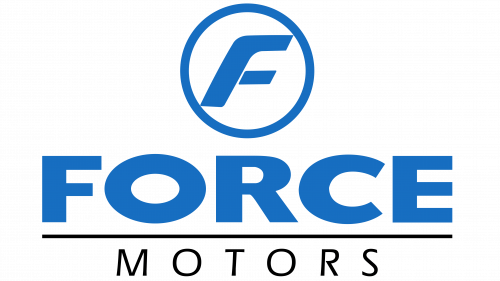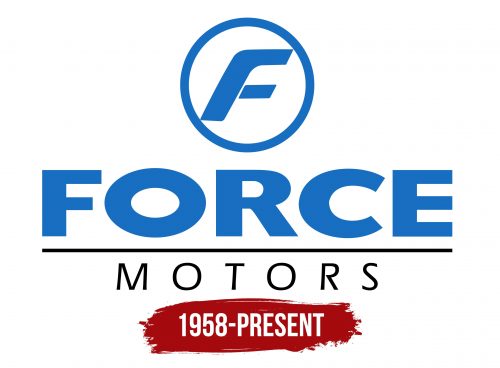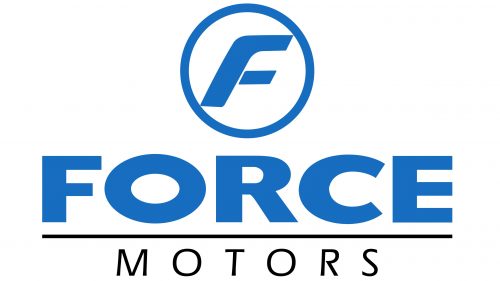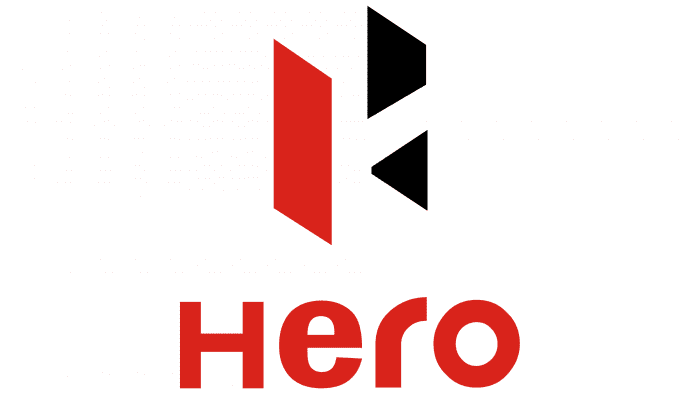The Force Motors logo is as light as a bird and as reliable as a rock. These qualities create the perfect combination for long journeys. The emblem embodies the spirit of adventure, a love for the road, and the impressive durability of compact cars.
Force Motors: Brand overview
Founded in 1958 under the Bajaj Tempo brand, Force Motors originally emerged from a joint venture between India’s Bachraj Trading and Germany’s Tempo. Initially, the company specialized in building three-wheelers under the Tempo brand and later shifted to light commercial vehicles, primarily the Matador model.
2005, a turning point came when the Bajaj group withdrew from the company, leading to a name change to Force Motors. Despite the rebranding, the company retained production of its original Tempo-branded vehicles and launched new models, such as the Traveller passenger van.
Throughout its history, Force Motors has not operated in a vacuum but has entered into numerous partnerships with international companies. Collaborations with key global automakers such as Daimler, ZF, Bosch, VW, and MAN have allowed the company to expand its product offering.
Today, Force Motors is a significant player in the Indian automobile market, manufacturing various vehicles, including commercial trucks, SUVs, minivans, and agricultural tractors. The company’s main manufacturing facility is located in Pune, Maharashtra. With over half a century of history, the company has accumulated vast experience, becoming one of the pillars of the Indian commercial and utility vehicle sector.
Meaning and History
What is Force Motors?
It is an Indian automobile manufacturer known for producing various vehicles, including commercial, utility, and agricultural tractors. Based in Pune, India, the company manufactures rugged and reliable vehicles. The brand produces popular models such as Traveller, a versatile light commercial vehicle, and Trax, a rugged utility vehicle, which is present in the agricultural sector through its Balwan tractor range. Known for its engineering expertise, the company collaborates with international brands in technology and development.
1958 – today
The Force Motors logo emphasizes modernity and dynamism without reflecting a national flavor. It features a neutral wordmark with the company’s name in a two-level format, separated by a thin horizontal line. The word “FORCE” is in a bold blue sans-serif font, standing out prominently, while “MOTORS” is written below in a thin black sans-serif font.
At the top of the logo, within a circle, is a stylized letter “F” slanted to the right, giving a sense of movement and speed. This dynamic “F” indicates the brand’s focus on mobility and performance, aligning with its presence in the automotive industry.
Using different fonts and colors for “FORCE” and “MOTORS” effectively differentiates the two parts of the company’s operations. “FORCE,” in bold blue, symbolizes strength and reliability, key attributes in the automotive sector. The blue color is associated with trust and dependability. The thinner black font for “MOTORS” conveys precision and technical expertise, highlighting the company’s manufacturing capabilities.
The thin horizontal line adds elegance and balance, dividing the name into parts while maintaining visual integrity. The logo’s simplicity and clarity make it easily recognizable and memorable.
The stylized “F” at the top is a visual anchor, drawing attention and emphasizing the brand’s identity. Combined with the strong wordmark, the design reflects Force Motors’ core values, communicating modernity, strength, and forward momentum.





